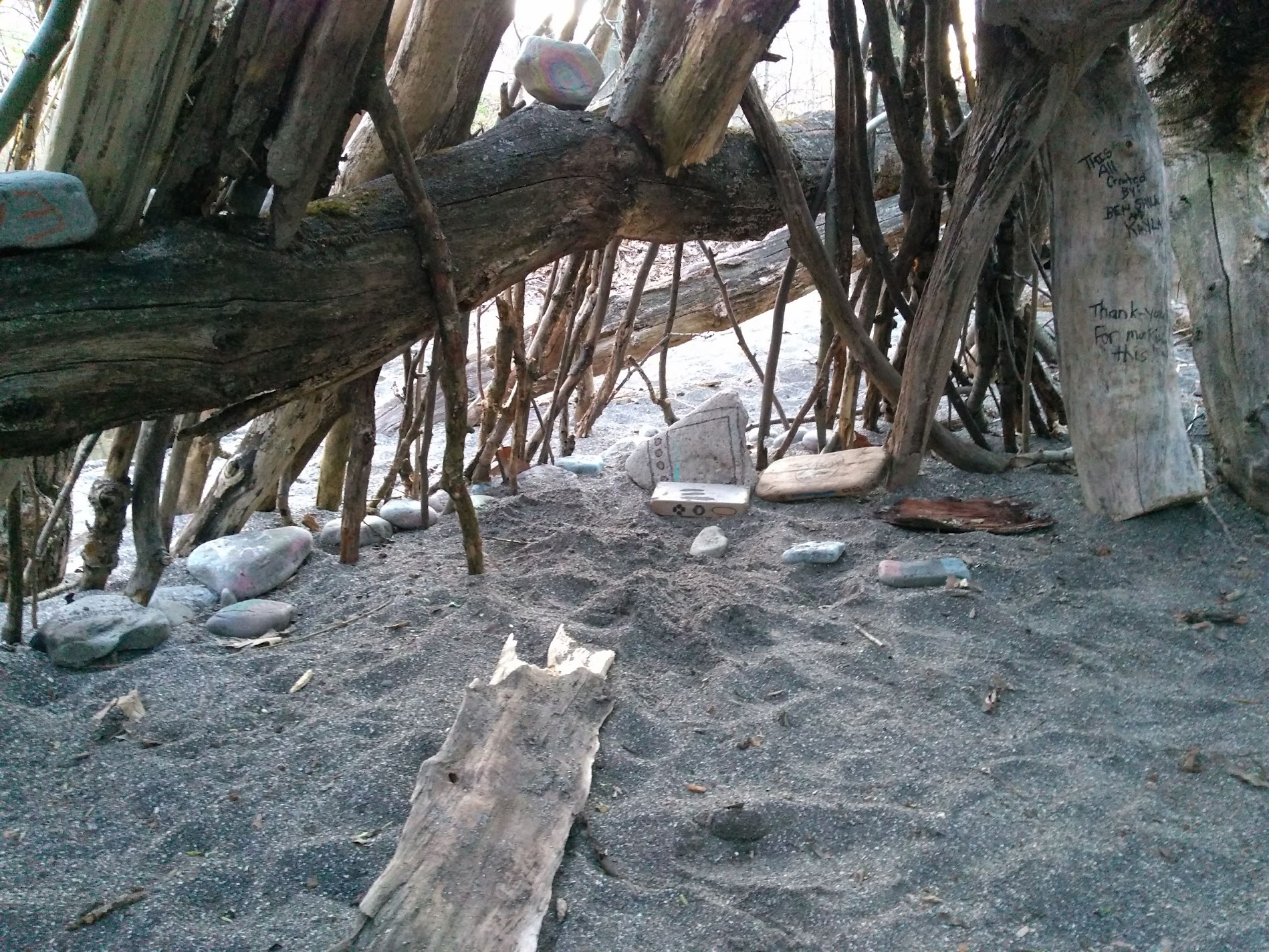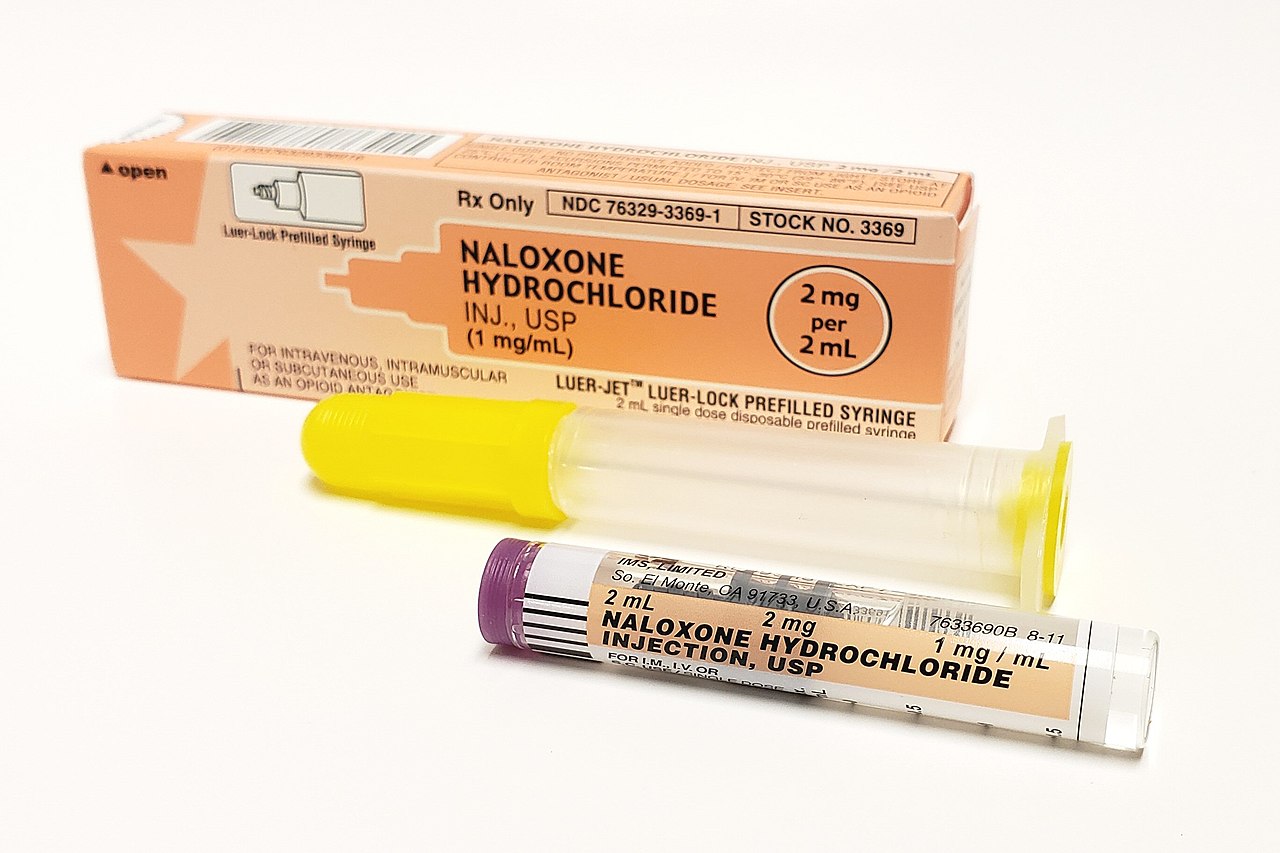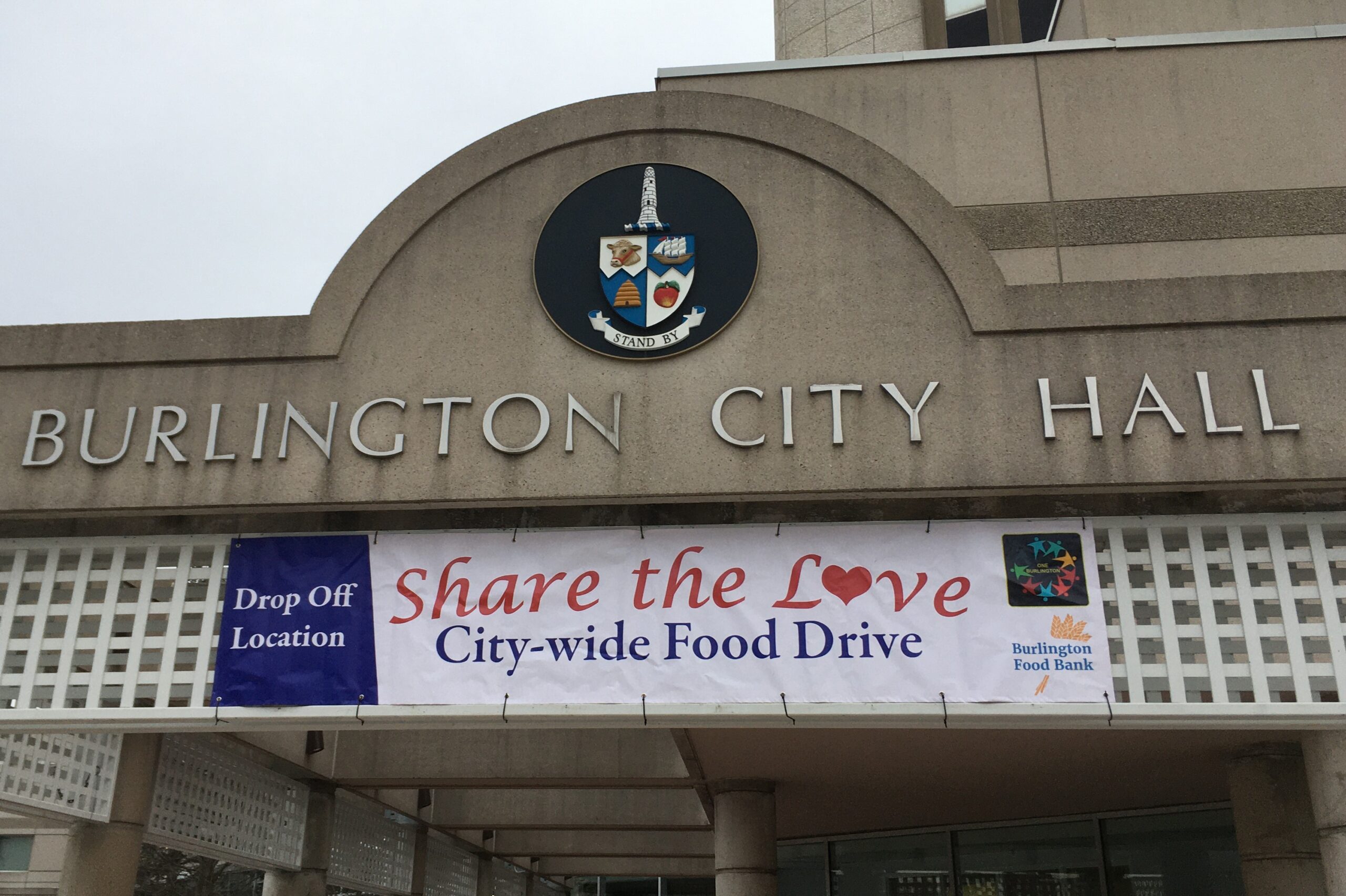By Cheryl Miles Goldring
Throughout the ages, man has conquered tragedy with his ability to create a work of art.
Will Barnet (American artist, 1911–2012)
In 1918, the Spanish flu was ravaging Europe as the First World War raged on. Famous artists, including Klimt and Schiele, were victims of that pandemic, and died along with many close family members. Munch, the Norwegian painter, found inspiration to create his Self Portrait with the Spanish Flu, even while suffering from the disease. His dramatic paintings of this time reflect his feelings of despair that would remain with him for the rest of his life. The art movements that evolved in this era reflected its hopelessness while simultaneously fighting against it; for example, the Dada movement created a new art form, which included collage as a newly-popular medium. The Funeral by Grosz, a Dadaist, depicts a skeleton on top of a coffin in a busy street. Kirsh noted that despite portrayals of hopelessness and fear, that “there was…a Utopian impulse at work…many artists wanted to create an entirely new world.”
Compare artist reactions from that era to those of today: ask a group of artists how the current COVID pandemic has affected their art and you will likely get very diverse responses. Some have relished the opportunity to explore new avenues of creativity, to build inventory, and to update their online presence. On the other hand, some lament the lack of interaction and connection with other artists and art lovers. Adding to this general malaise, the cancellation of most art tours, exhibitions, and gallery showings have negatively impacted the bottom line for many. But artists of every genre are a resilient group. A nine-to-five workday is not in their DNA; they are always present and evolving. There are hopeful signs.
Dundas Valley School of Art held its Annual Art Auction online in August and September. The HUB at Burlington Mall, a shared space for local non-profit organizations that is subsidized by RioCan, held a week-long exhibition and sale in September with a percentage of the proceeds going to the Bruce Trail Conservancy, the Art Gallery of Burlington, and the participating artists from the Burlington Fine Arts Association. But such opportunities are not widely available in other locations or to all artists. While more established artists who are fortunate enough to have contracts with galleries that remain open are able to make a living, others are struggling.
Community art galleries, such as the Art Gallery of Burlington (AGB), have historically been local centres and safe havens to meet, work, create, and celebrate all forms of artistic expression. COVID-19 changed that for some months this year, when the pandemic forced the AGB to close its doors to the public on March 13, 2020, just days prior to the provincially-mandated closure orders; however, that did not mean it ceased its operations. AGB President and CEO Robert Steven and his staff, with the help of the Canada Emergency Welfare subsidy, were able to redirect their efforts towards improving and expanding their online programming. Finding a home on the AGB’s Instagram account (@artgallburl), and using the Instagram Stories feature, their open-studio project reaches into people’s homes, providing a creative alternative to in-gallery programming, and a much-needed artistic respite for people feeling stuck at home.
The AGB was able to upgrade its digital capacity and services with assistance from the Canada Council for the Arts’ Digital Strategy Fund, as well as the Ontario Association of Art Galleries Improvements. The AGB reopened on July 2, when some provincial restrictions were eased; still mandatory, however, are social distancing and the use of masks indoors. The Saturday Family Open Studio can now be booked online and for free — for family groups only.
The AGB’s popular Soup Bowl event has returned with a COVID twist. You can go online (https://soupbowl.agb.life/), pick your bowl and buy a voucher for soup from whatever participating restaurant you choose, which can be redeemed from November 13–30. Also online this year is Arts Burlington’s Annual Christmas Sale — you can start your holiday gift-buying now, available online until November 30 (https://www.artsburlington.ca/xmassale).
Three exhibitions are currently on display the AGB:
1. Celebrated collage artist P. Mansaram’s the Medium is the Medium is the Medium. This circulating exhibition will be at the AGB until January 3, 2021.
2. Collage artist Stylo Starr’s 89Dames exhibit is at the AGB until December 31, 2020.
3. Quebec ceramicist Paula Murray’s exhibit, You Are Me, will be shown until January 3, 2021.
About this column
Promoting the arts in all its forms, and the talented individuals who create it, is the mandate of this column. A city needs a vibrant, engaged, multicultural, and artistic community in order to thrive.
In short, it needs you.
This edition of Artscape is dedicated to the memory of Ann Kelly Walsh, who died on June 19, 2020, surrounded by her family. A gifted and award-winning international pastel artist and teacher, she earned the designations of Eminent Pastelist, MPAC-EP, and from the Society of Canadian Artists. She was a dear friend to countless people, both inside and outside of the art world, who knew and loved her grace, and her upbeat and generous nature, even as she endured ALS. I feel honoured to have known her. She is missed. Her lovely Poppies pastel displayed in my home is a testament to the enduring power of art.
Next time in Artscape: the performing arts and a book review.
Cheryl Miles Goldring can be reached at cheryl@cmgartworks.com.



